Jianwang Wu
Enhancing Language Representation with Constructional Information for Natural Language Understanding
Jun 05, 2023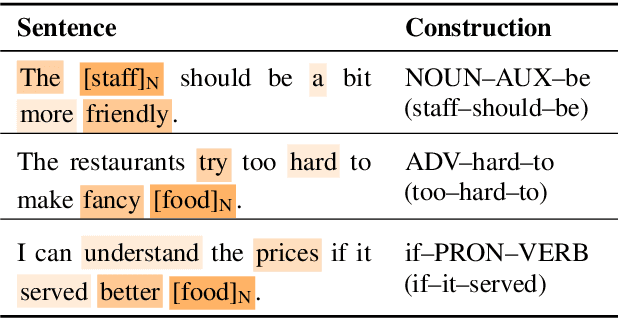
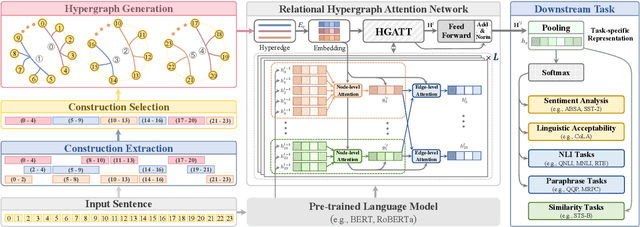
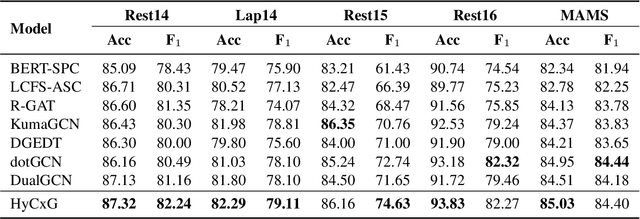
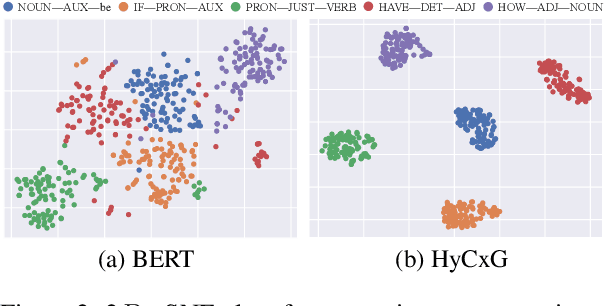
Abstract:Natural language understanding (NLU) is an essential branch of natural language processing, which relies on representations generated by pre-trained language models (PLMs). However, PLMs primarily focus on acquiring lexico-semantic information, while they may be unable to adequately handle the meaning of constructions. To address this issue, we introduce construction grammar (CxG), which highlights the pairings of form and meaning, to enrich language representation. We adopt usage-based construction grammar as the basis of our work, which is highly compatible with statistical models such as PLMs. Then a HyCxG framework is proposed to enhance language representation through a three-stage solution. First, all constructions are extracted from sentences via a slot-constraints approach. As constructions can overlap with each other, bringing redundancy and imbalance, we formulate the conditional max coverage problem for selecting the discriminative constructions. Finally, we propose a relational hypergraph attention network to acquire representation from constructional information by capturing high-order word interactions among constructions. Extensive experiments demonstrate the superiority of the proposed model on a variety of NLU tasks.
Learn from Structural Scope: Improving Aspect-Level Sentiment Analysis with Hybrid Graph Convolutional Networks
Apr 27, 2022

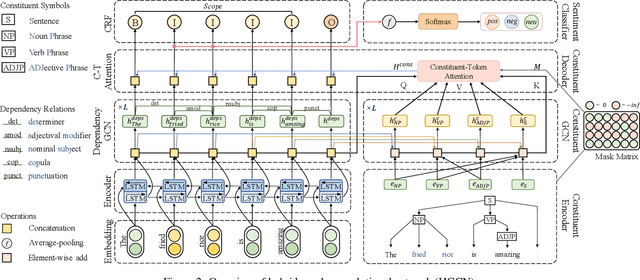
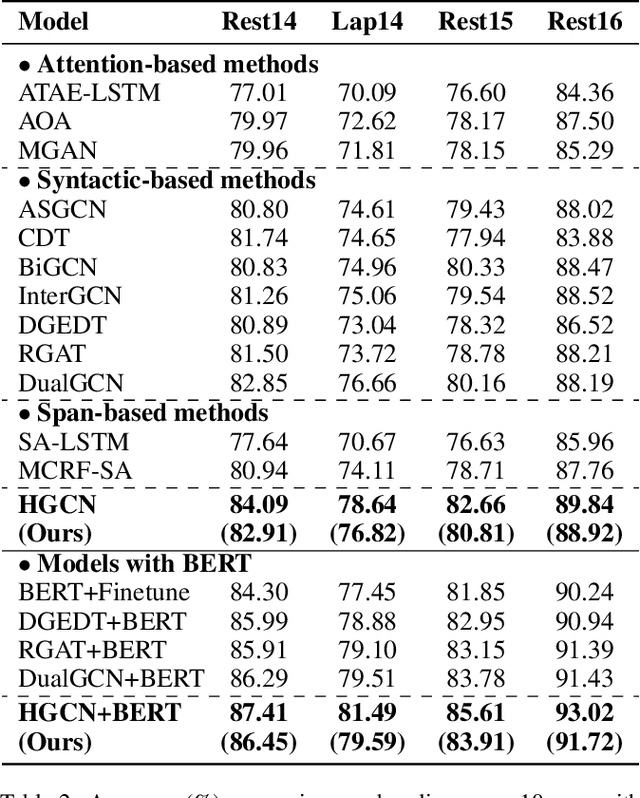
Abstract:Aspect-level sentiment analysis aims to determine the sentiment polarity towards a specific target in a sentence. The main challenge of this task is to effectively model the relation between targets and sentiments so as to filter out noisy opinion words from irrelevant targets. Most recent efforts capture relations through target-sentiment pairs or opinion spans from a word-level or phrase-level perspective. Based on the observation that targets and sentiments essentially establish relations following the grammatical hierarchy of phrase-clause-sentence structure, it is hopeful to exploit comprehensive syntactic information for better guiding the learning process. Therefore, we introduce the concept of Scope, which outlines a structural text region related to a specific target. To jointly learn structural Scope and predict the sentiment polarity, we propose a hybrid graph convolutional network (HGCN) to synthesize information from constituency tree and dependency tree, exploring the potential of linking two syntax parsing methods to enrich the representation. Experimental results on four public datasets illustrate that our HGCN model outperforms current state-of-the-art baselines.
 Add to Chrome
Add to Chrome Add to Firefox
Add to Firefox Add to Edge
Add to Edge